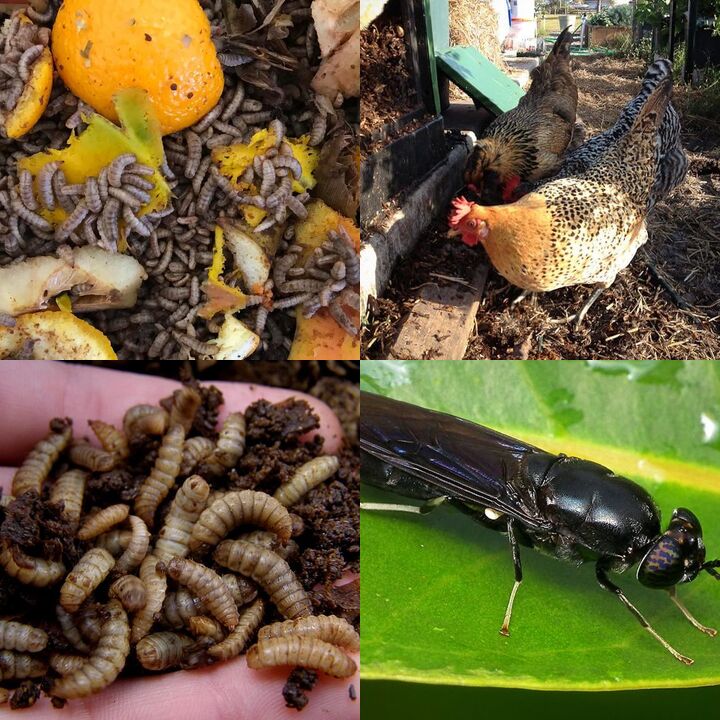EcoMatia
The Problem
Each year, at least 72 billion pounds of our food goes to the trash. When our food waste goes to landfills, it creates a potent greenhouse gas (methane) that is 21 times more harmful than CO2. Humans are responsible for 60% of all methane emissions. Global food systems are the largest contributor to methane emissions. According to the Climate and Clean Air Coalition, countering human-made methane production is important because methane is one of the main ingredients for the formation of tropospheric ozone, which causes approximately 150,000 premature deaths and 52 million tons of crop loss, annually. However, according to the Food and Agricultural Organization, at an individual level, home composting can divert up to 150 kg of food waste per household per year from local collection authorities.
Our Proposal
We propose to approach food waste through one of nature's clean-up crews, the black soldier fly. There has been increasing research on black soldier fly larvae (BSFL) because of its ability to compost various types of food waste such as vegetables, fruits, meat and other organic matter at a rapid rate. The composting rate of BSFL is much higher than other conventional composting strategies such as windrow and vermi-composting (composting with worms). We believe that by utilizing BSFL across households, farms,restaurants, and other industries with high levels of food waste, we can divert a significant amount of food waste from landfills. We aim to make BSFL available to the masses by allowing households, restaurants, farmers, and other industries to obtain a compost bin especially designed to house BSFL. While we believe that food waste is a huge global problem, we believe that transformative behavior change starts within communities adopting a better and more sustainable way of composting.
We Assume that...
People will be more receptive to bugs or flies when they are informed about the safety and usefulness.
Households are willing to try black soldier fly composting.
Black soldier fly composting will be associated with a more local approach towards fighting global warming.
Most households will generate enough food waste to sustain a black soldier fly colony for at least one generation.
People will enjoy having the ability of creating compost at a faster rate.
People want a more natural fertilizer for their gardens.
Restaurants want a more sustainable way of reducing their food waste.
Farms would like to reduce the food waste sitting on their own land and also allow their poultry to be fed BSFL.
Constraints to Overcome
We have several barriers that we need to consider before widespread adoption to our technology. We first need to evaluate whether households, restaurants and farms would be willing to use black soldier fly larvae composting (social suitability). The only way we can answer this question is if we create a minimum viable product and test it in the market. Another roadblock that we have is that we have not created a prototype of our black soldier compost bin and currently do not have the skills for manufacturing one (manufacturing) at a large scale. Third, we currently do not know whether governments are willing to partner with us to bring the technology to the mainstream.
Current Work
We will design our initial prototype of the black soldier fly compost bin. We will need to develop a user manual for our compost bin and website dedicated for feedback sharing and additional explanation of how to use the technology. We will look for potential beta testers and do interviews. We will evaluate the strengths and weaknesses of our current prototype and improve it. We will also apply for government sponsored sustainability grants.
Current Needs
We need funding for the initial prototype of the bin. We need a space to house the initial colony of black soldier fly, perhaps access to a greenhouse. We need people that are well connected to a community to communicate our technology to potential beta testers. We may need a designer/ CAD designer for a 3D rendering of our bin if we do not know how to use a CAD software by then.
